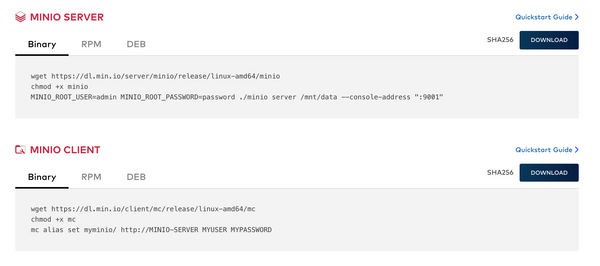Build a Streaming CDC Pipeline with MinIO and Redpanda into Snowflake

Build a streaming Change Data Capture (CDC) pipeline with Redpanda and MinIO into Snowflake. This solution simplifies data migration and analytics, with Redpanda offering scalability, MinIO as efficient storage, and Snowflake as a cloud-native analytics engine.
Read more


















